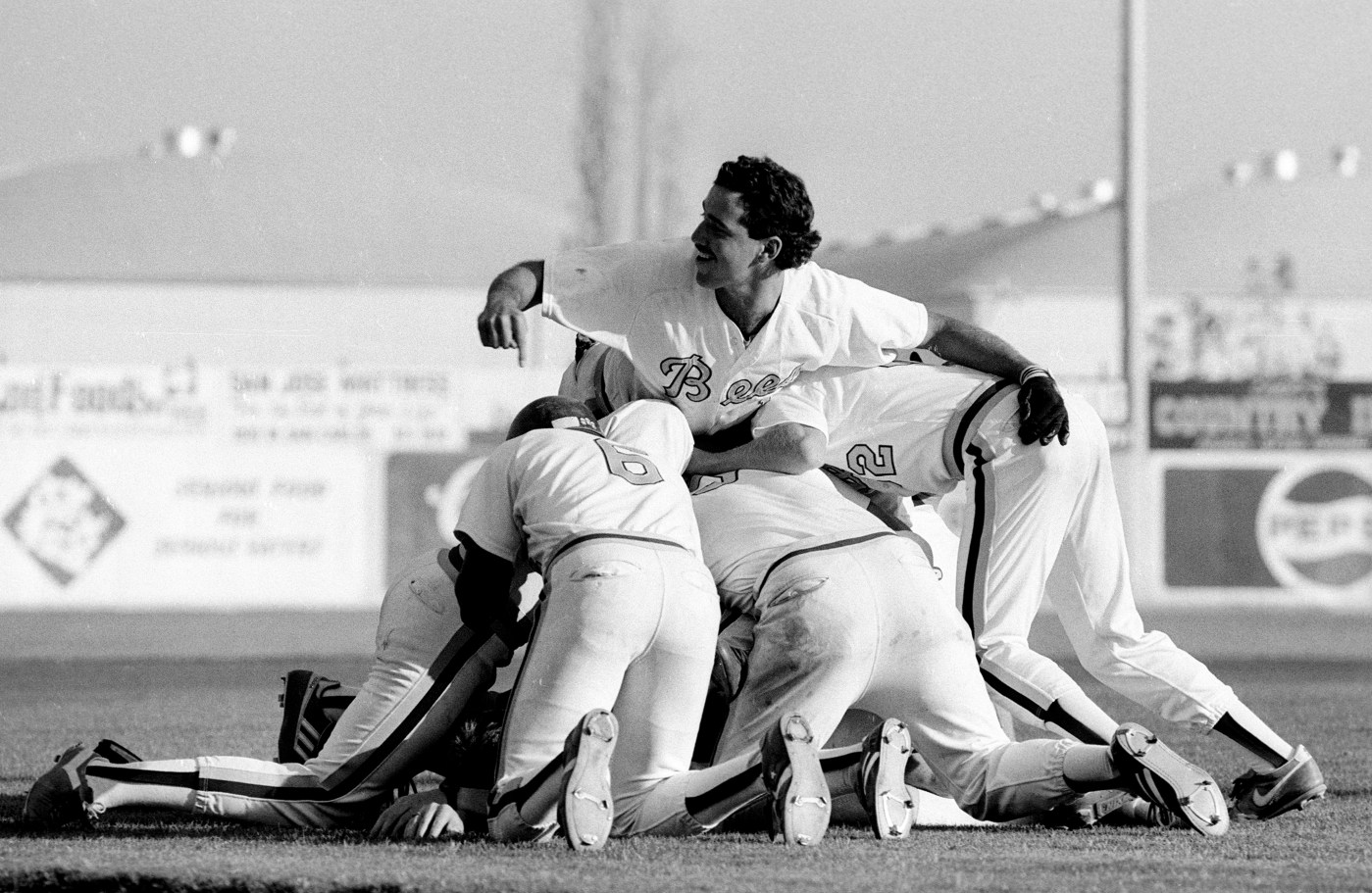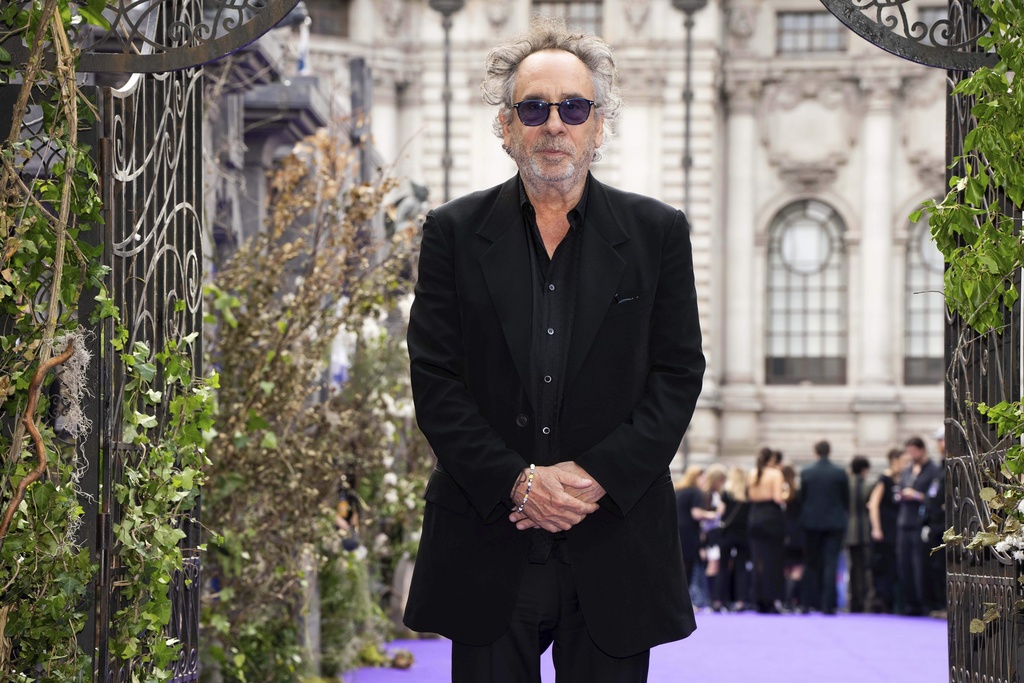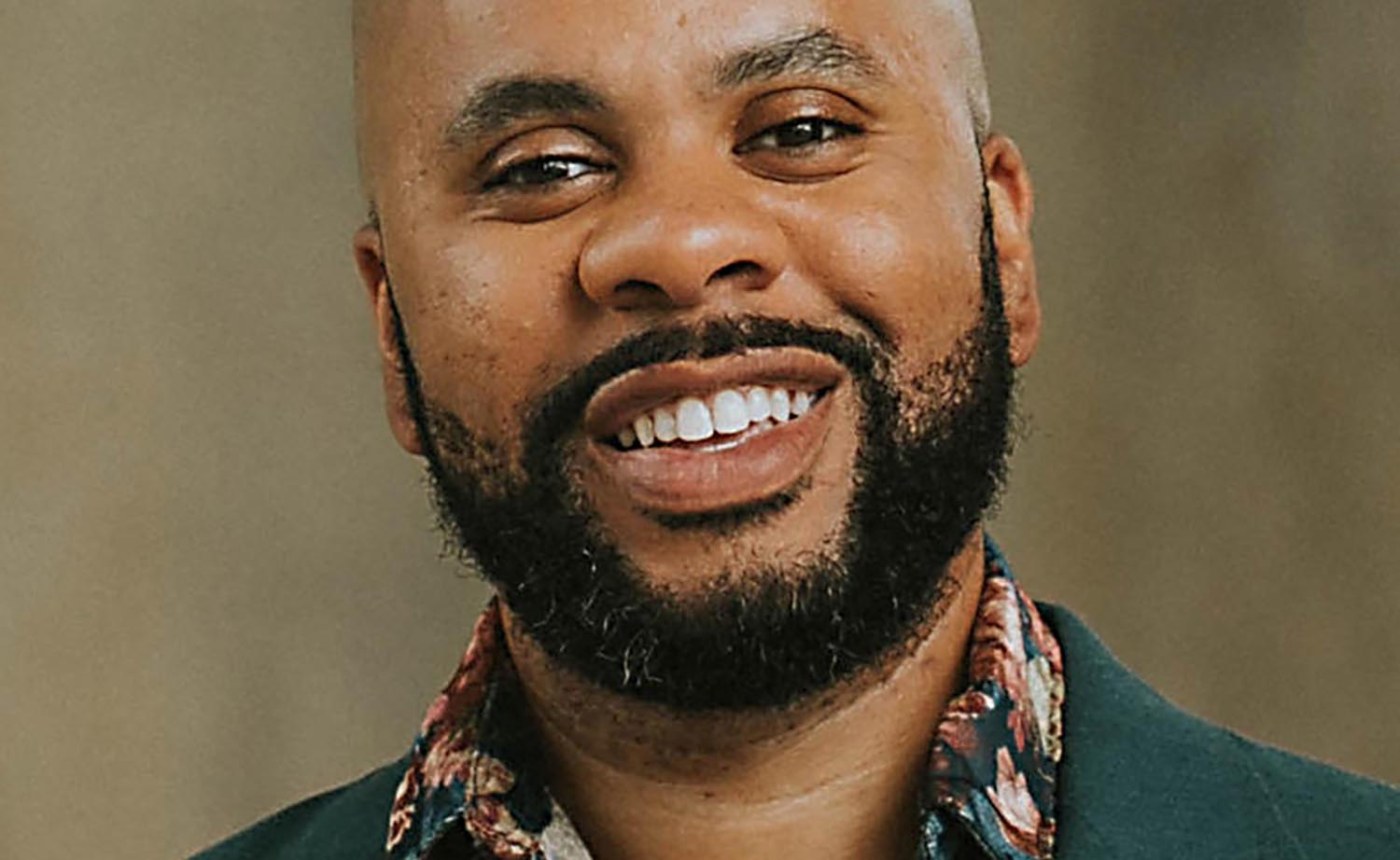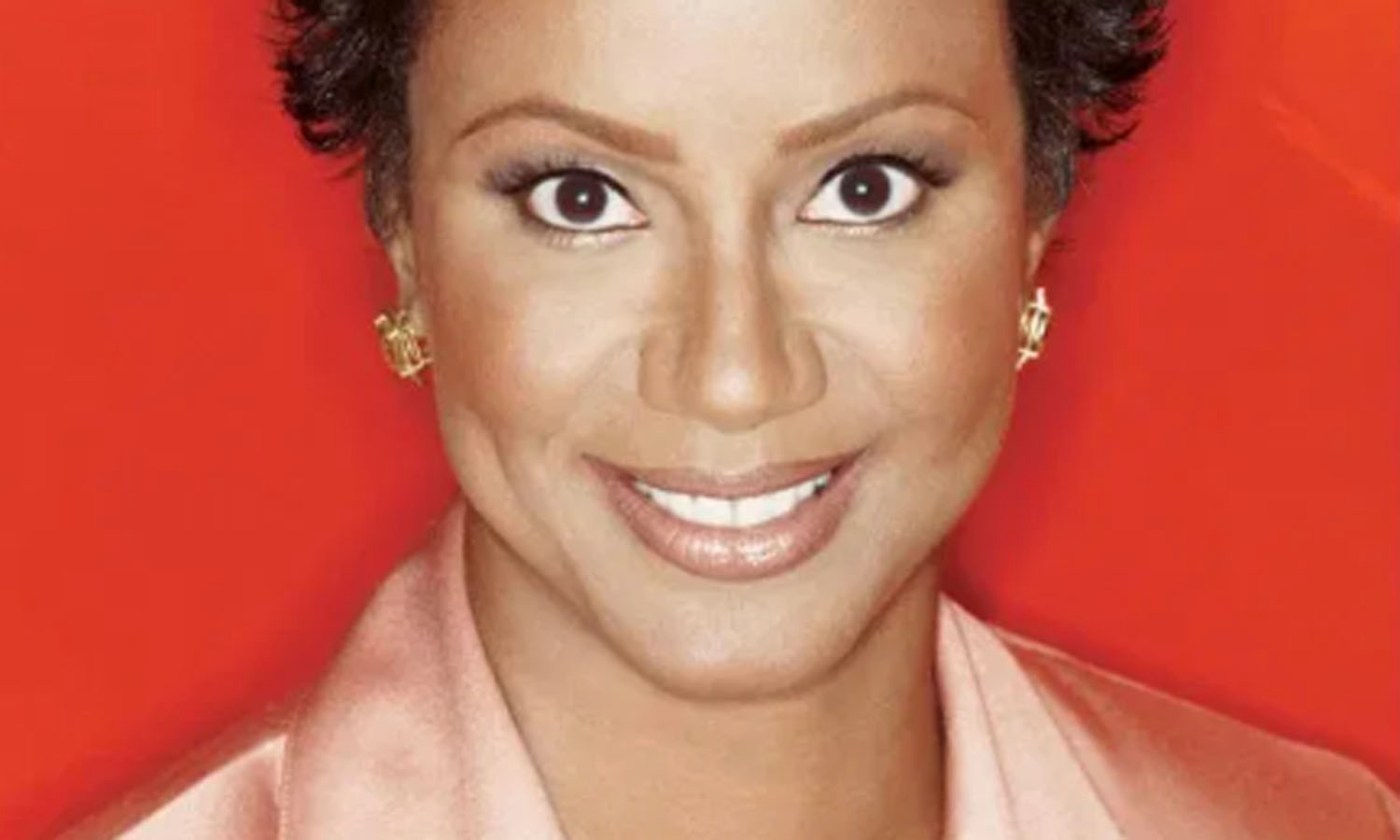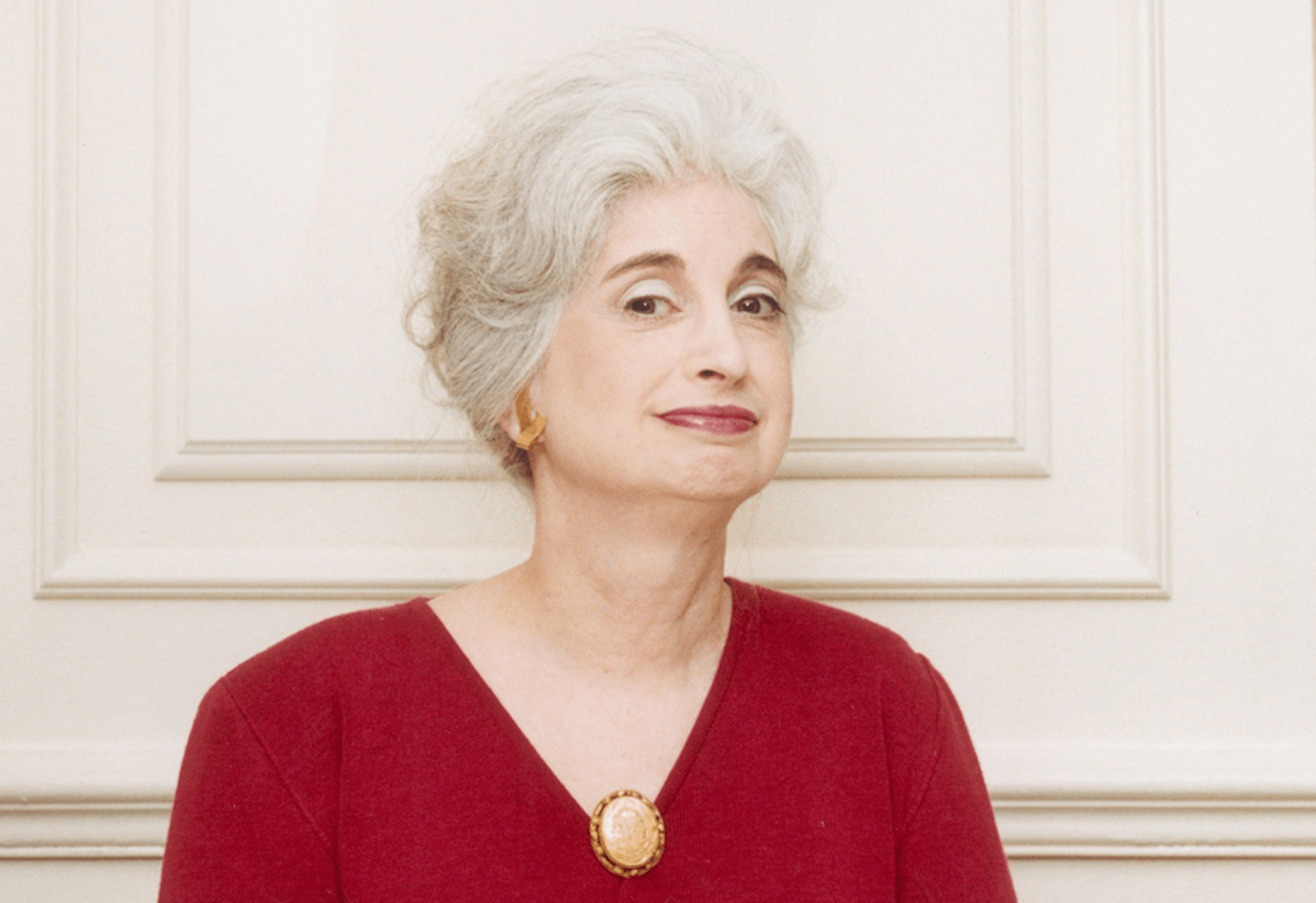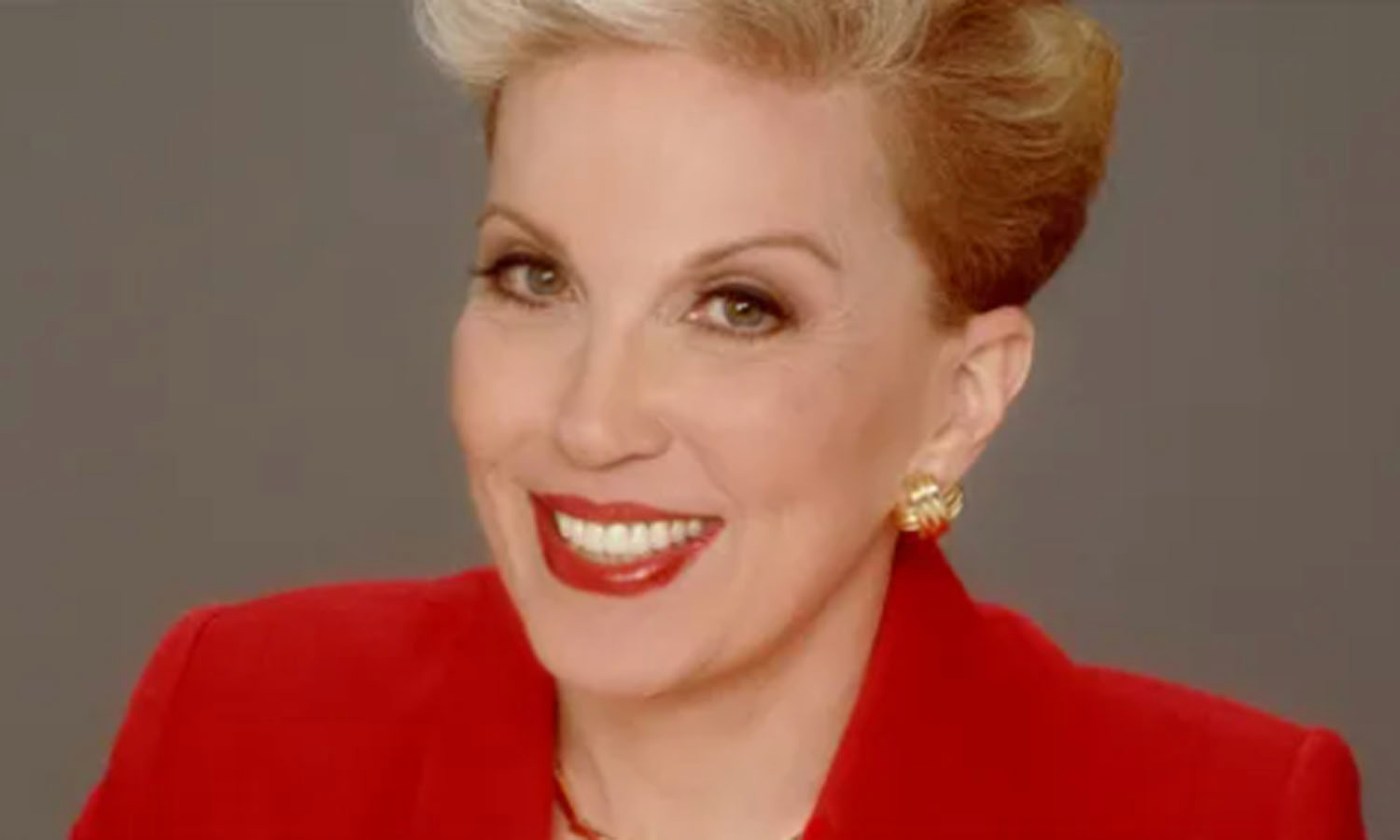Harry Stavrenos had nothing to lose.
In the spring of 1986, he was the 31-year-old general manager of a low-level minor league franchise that was failing on and off the field, and in all likelihood, playing its way out of San Jose.
Then he assembled a hodgepodge collection of nobodies, oddballs and outlaws who also were down to their last strike. Almost overnight, the San Jose Bees became one of baseball’s most unlikely sensations.
When they were done, the unlikely band of brothers had helped save baseball in the South Bay.
“There’s not a day in my life that goes by that something doesn’t jingle my brain to bring me back to that ‘86 team,” said Stavrenos, who is retired after more than three decades in baseball and living in his childhood home in Youngstown, Ohio. “It was a one-of-a-kind thing.”
The team even had a memorable – and apt – nickname: The Bad News Bees.
The San Jose Bees at Municipal Stadium in San Jose, California. 1986. (Photo by Jose´ Luis Villegas)
Sound like the makings of a Disney movie? Several attempts have been made over the years, but they never got far. The story of these Bees was always complicated. And rough around the edges; more “Sons of Anarchy” than “Toy Story.”
The players’ ages ranged from 18 to 35. Former major league stars meshed with never-would-bes and, for good measure, a half-dozen prospects from Japan who didn’t speak English.
Choir boys they were not.
“We certainly didn’t listen to authority, let’s put it that way,” said Kevin Christman, who was just 20 and two years out of San Jose’s Archbishop Mitty High when he spent that season as a Bees backup catcher. “But I don’t think there was one person you wouldn’t call a friend, or if I was standing next to them today, I couldn’t give them a hug. They were great people. Everybody. The entire operation.
“It just happened to be the land of misfit toys.”
STAYING ALIVE
Professional baseball in San Jose dates to 1891. Before becoming a San Francisco Giants affiliate in 1988, teams from San Jose served as minor league homes for the A’s, Red Sox, Royals, Pirates, Angels, Mariners and even the Montreal Expos.
But starting in 1983, San Jose was on its own, playing as an independent team in the Class A California League. The Bees’ rosters were mostly filled with players no one else wanted.
Losses piled up – 257 in three seasons – and fans stayed away from the then-44-year-old Municipal Stadium. In 1985, the Bees’ average attendance was barely 700 fans per game. At one point Stavrenos distributed 30,000 free tickets around the community. Barely 100 fans took him up on the offer.
Pro baseball in San Jose was dying.
“It was very disappointing to come out there on a Sunday afternoon, and there’d be 150 people,” recalled Stavrenos, who went by “Harry Steve” back then. “It was an urgent time. We were holding on, just trying to make it as a franchise.”
San Jose Bees manager Harry Steve works out of his office at Municipal Stadium in San Jose, California. 1986. (Photo by Jose´ Luis Villegas)
Everything changed when Stavrenos controversially signed Steve Howe, Mike Norris, Ken Reitz and Daryl Sconiers, recent major league stars who had burned through second (and in some cases, third and fourth) chances because of substance abuse issues.
“I felt like I could still play,” Reitz told Sports Illustrated in 2016. Reitz was an All-Star in 1980 and spent 11 seasons in the majors but hadn’t played in the majors since 1982 because of his addictions. At the suggestion of his father, Reitz gave San Jose a shot.
“I thought I was going in a rec league,” he told SI. “I didn’t realize we were in the California League.”
Suddenly, the Bees had a lot of people buzzing. Reporters from across the country (and one from England) converged on Muni for the Bees’ first practice.
“We had helicopters flying over the parking lot,” Stavrenos said. “I knew we were going to get some publicity (with the signings), but I didn’t anticipate it happening as much as it did.”
Theories abound about why there was so much interest in the Bees. Drugs were a big topic at the time: President Ronald Regan and First Lady Nancy had just launched an aggressive anti-drugs campaign, and Major League Baseball was embarrassed by a trial in late 1985 that revealed significant cocaine use on and off the field by players.
It didn’t hurt that Stavrenos and the players were charismatic and embraced the attention.
When USA Today set up a photo shoot, the players gleefully covered their faces with bandanas to look like Wild West bandits. They wore Bad News Bees T-shirts, which they handed out from the team bus. Four players lived in a storage room under the concrete Muni grandstand and were more than happy to give tours. And the players openly shared tales about the various transgressions that landed them in San Jose – and the ones that followed them to town. Even on their best behavior, players would occasionally disappear for several days, then return to Muni for batting practice.
The former major leagues are photographed for a story to be published in USA Today, at Municipal Stadium in San Jose, California. 1986. (Photo by Jose´ Luis Villegas)
“The overall goal was behave, let’s open some eyes with our talent, and hopefully we can move some guys back into ‘real baseball’,” Stavrenos said. “I knew it wasn’t going to be easy. It was a battle for them. Same with any addiction. But they had a purpose.”
LAST CHANCE MUNI
Baseball had a cocaine problem in the early 1980s. In the wake of the scandal, then-commissioner Peter Ueberroth had suspended 11 players and penalized another two dozen before the 1986 season. Eventually, they were reinstated, but there was another group of substance abusers who couldn’t find a second chance.
Stavrenos viewed that group as his potential free agent class heading into the 1986 season.
The first into the fold was Reitz, who at 35 would be the oldest Bee – and quickly was named team captain. Then Norris, another San Francisco native who finished second in the Cy Young voting with the A’s just six years earlier before drugs torpedoed his career.
Oakland A?s pitcher Mike Norris receives congratulations from teammates on Tuesday, Oct. 7, 1981 in Kansas City after pitching a shutout against the Kansas City Royals. Oakland beat Kansas City 4-0 in the first game of the American League West Division playoff series. (AP Photo/Maurin)
“Once a couple of them signed, the word got out and sorta opened the floodgates,” Stavrenos said.
The biggest addition by far was Howe.
The hard-throwing left-hander was the NL Rookie of the Year in 1980, saved the Dodgers’ World Series-clinching game over the Yankees in 1981 and a year later was an All-Star. But by 1986, at the age of 28, Howe had washed out of the majors after multiple suspensions because of his cocaine and alcohol use.
“Who doesn’t deserve a second chance?” Stavrenos said. “That’s why they put erasers on pencils.”
The signings ruffled more than a few feathers, but Cal League commissioner Joe Gagliardi gave his blessing, noting that since the Bees had no MLB affiliation, “if Harry wanted to sign King Kong, he can sign King Kong.”
In all, the Bees used 14 former major leaguers. Only a handful had substance issues. But that mattered little to opposing fans who hurled insults at the Bees wherever they went.
Steve Howe (right) and Mike Norris (left) talk before opening day for the Bees at Municipal Stadium in San Jose, California. 1986. (Photo by Jose´ Luis Villegas)
“We were pretty much villains in ‘86,” Stavrenos said. “But we liked it.”
The other owners were enjoying the ride, too.
“When the traveling circus is coming to your town, you’ve got a way bigger chance to draw more people,” Stavrenos said. “People wanted to see Norris, Howe and Sconiers and all those guys other than the usual rag-tag San Jose team.”
Don Kiser, who was the GM of Cal League rival Modesto, told this news organization at the time, “Really, I don’t have an objection to what he’s doing. These fellows (players with drug histories) obviously have had a problem. If they overcome it, it may be the stepping stone back to the majors for them. If they don’t, well then, they’re not going to be there.”
Not all the media attention was positive, either. The club was dubbed, among other things, the Bad Nose Bees and the Dirty Dozen. They were savaged so badly in Rolling Stone that, a decade later, the writer apologized for betraying the team’s trust.
BUSY BEES
It didn’t take long to see what the season was going to look like. Following the team’s first night practice at Muni, the group assembled in the locker room to receive a scouting report about San Jose life. Above all else, they were told, avoid a specific downtown establishment because of its links to drugs and crime.
All the players nodded, and the group broke up. Several hours later, Stavrenos’ route home took him past the bar.
“Every car that I knew our guys had was in that parking lot that night,” he said. “I just shook my head and started laughing. I said, ‘This is going to be a long year.’
“I was sort of proud of them, to tell you the truth. They were all in there together.”
Other notable moments from the Bees’ season:
– Most of the players were making around $350 a month, and even then, accommodations around the Bay Area weren’t cheap. So four players bunked at the stadium. The living space was dubbed The Stadium Hilton and had, among other amenities, a black and white TV, a neon beer sign, carpet remnants and a “do not disturb sign” from … Holiday Inn.
Darryl Cias, a former A’s catcher, painted a massive mural commemorating the “Bad News Bees” that included the names of players who had been cut or suspended during the season.
Pitcher Mike Norris relaxes in Darryl Cias’s room at Municipal Stadium in San Jose, California. At right is a list of player who have come and gone this season. 1986. (Photo by Jose´ Luis Villegas)
– About a month before the season opener, the team’s manager, Frank Verdi, took a scouting job with the Yankees. Stavrenos, whose managing experience had been limited to the Strat-o-matic board game, decided to give it a shot.
“I never, ever planned on managing,” Stavrenos said. “But I knew why I picked every one of these guys.”
Stavrenos said the toughest part of his job was having to cut players in a season that eventually saw 42 players rotate through. After telling Ted Milner he was no longer with the team, Stavrenos learned the 25-year-old outfielder had no way to get home to Southern California. Stavrenos lent him his car.
“Harry couldn’t really judge talent, but in his heart he was a really good guy,” Milner told Sports Illustrated.
– Norris, the former Balboa High star who was a 20-game winner with the A’s in 1980, had been in rehab multiple times and jailed briefly in the Dominican Republic before landing with the Bees. When he made his San Jose debut, teammates had tiny white chalk “lines” waiting for him on the pitcher’s rubber.
“I can see him right now, laughing his head off,” said Christman, who caught for Norris that day.
It’s early afternoon, Ken Reitz, foreground, and Mike Verdi carry out the teams freshly washed uniforms from a laundry mat in Fresno, California before the evening game against the Fresno Giants. 1986 (Photo by Jose´ Luis Villegas)
– It wasn’t unusual for towns around the Cal League to greet the Bees with banners mocking the team as druggies, and boos from the stands far outnumbered the cheers. But one night in Bakersfield, taunts turned into a full-out brawl in the stands.
Stavrenos was in the bleachers that night, suspended by the president of the minor leagues for allowing Howe to pitch while results of a drug test were pending. Fans recognized Stavrenos, who was wearing a Bees polo shirt, and began heckling him.
After several innings, things intensified to the point where Bees players decided to defend their GM.
“They were protective of me,” Stavrenos said. “Everybody got punched that was in the way. Everybody. All the way up the bleachers.
“I can remember when it was over, all you saw on the field was the gloves.”
Stavrenos added, “But that is what we were all about. It was us against the rest of the world.”
IN THE END
The cinematic ending to the story of the 1986 Bees would include a championship and long careers for everyone. But life isn’t a movie, and the Bees were far from perfect.
San Jose was a hit at the turnstiles. Attendance at Muni that season was more than 87,000, second in the league and nearly double the previous two years combined. In all, Cal League attendance went up 120k from 1985.
But the Bees were a buzz kill on the field, going 65-77, 14 games out of first place in the North Division. Only the 102-loss Bakersfield Dodgers had a worse record in the Cal League. Despite the former major leaguers, San Jose was last in runs scored and home runs, and only three teams had a lower batting average. The Bees were fifth in the league in team ERA.
Howe was outstanding, logging a 1.47 ERA, but he didn’t last the season before receiving another suspension for drug use. A year later, he was back in the majors with the Rangers, only to be released before the 1988 season because of an alcohol problem. In 1991, he resurfaced with the Yankees, pitching in parts of six straight seasons with New York – despite receiving another ban in 1992 – before he was released in the middle of the 1996 season. Howe died in a single-vehicle accident in 2006 at age 48.
FILE – In this Oct. 28, 1981, file photo, Los Angeles Dodgers relief pitcher Steve Howe, left, first batsman Steve Garvey, right, and catcher Steve Yeager celebrate after they defeated the New York Yankees to win the World Series at Yankee Stadium in New York. The Dodgers have won a record 24 NL pennants, half since leaving Brooklyn for Los Angeles after the 1957 season, but are sixth in World Series titles behind the New York Yankees (27), St. Louis Cardinals (11), Boston Red Sox and Philadelphia/Oakland Athletics (nine apiece) and New York/San Francisco Giants (eight). (AP Photo/File)
The Bees didn’t open as many doors back to “real baseball” as hoped, either.
Of the 42 Bees who suited up that season, half never played pro ball again.
Reitz was one of just a handful of the ‘86 players to return to San Jose the following season, then returned to St. Louis, where he spent most of his MLB career and was involved in establishing drug education programs for youths in the area. The grandfather of six died in 2021 at age 69.
Four other players got back to the majors, including Norris, who earned a win for the A’s in 1990 – 15 years and one day after he pitched a shutout victory in his debut with that team. Norris still lives in the Bay Area, where he founded the Mike Norris Baseball and Wellness Program.
Christman, the Mitty High grad, began the season as the Bees’ bullpen catcher. He ended up playing in 25 games and received the baseball education he credits with preparing him for a baseball career that spanned four decades and earned him three World Series rings as a scout for the Giants.
“I probably learned more in life in a short period of time playing for the Bees than I learned in my, at that time, entire 20-year-old life,” said Christman, who was hired as a scout by the Milwaukee Brewers in the spring of 1987 and then briefly worked as a player agent before joining the Giants scouting department. He retired in 2019 and lives with his family in Indiana.
Crazy George cheers for the Bees on opening day for the Bees at Municipal Stadium in San Jose, California. 1986. (Photo by Jose´ Luis Villegas)
Stavrenos’ career in baseball spanned nearly three decades. He was a scout with the Giants, owned teams in the independent Northern League and even served as the league’s director of baseball operations.
But he never experienced anything quite like the 1986 Bees, who might have become San Jose’s last team if his experiment had failed. The team’s success – combined with the ballpark in Fresno, then the Giants’ Cal League affiliate, being condemned – led to a working agreement that’s been in place since 1988. Earlier this month the franchise reached a deal with the city that will keep them in San Jose until at least 2050.
“It was a perfect world. We were finally a farm club of the Giants,” said Stavrenos, who remained part of the San Jose Giants ownership group until 2003. “We paid the price those other years. It was a lot of work, but it was a lot of fun.
“That the franchise is still there, (makes) it all worth it.”
